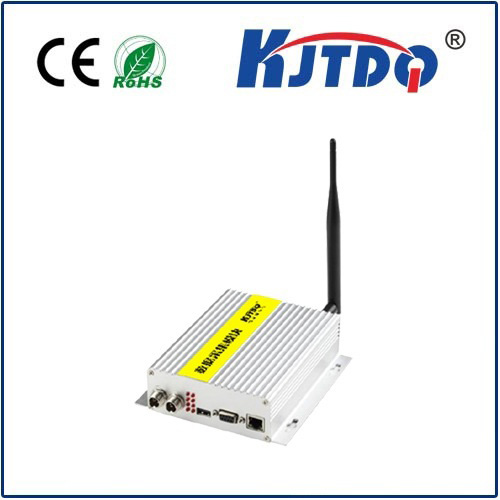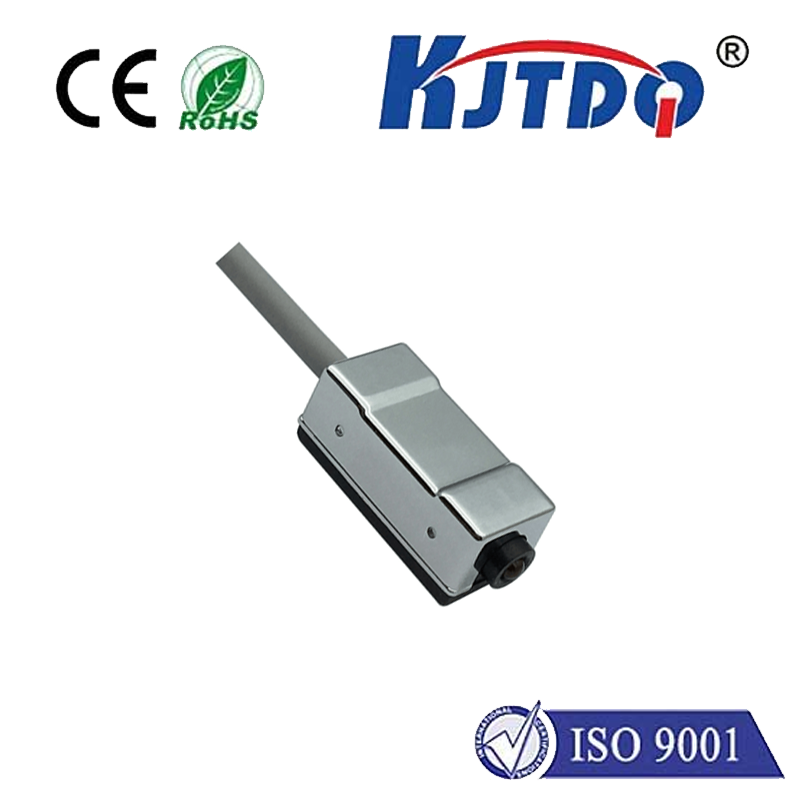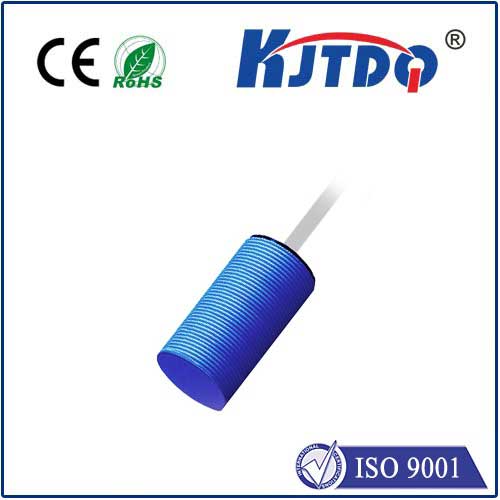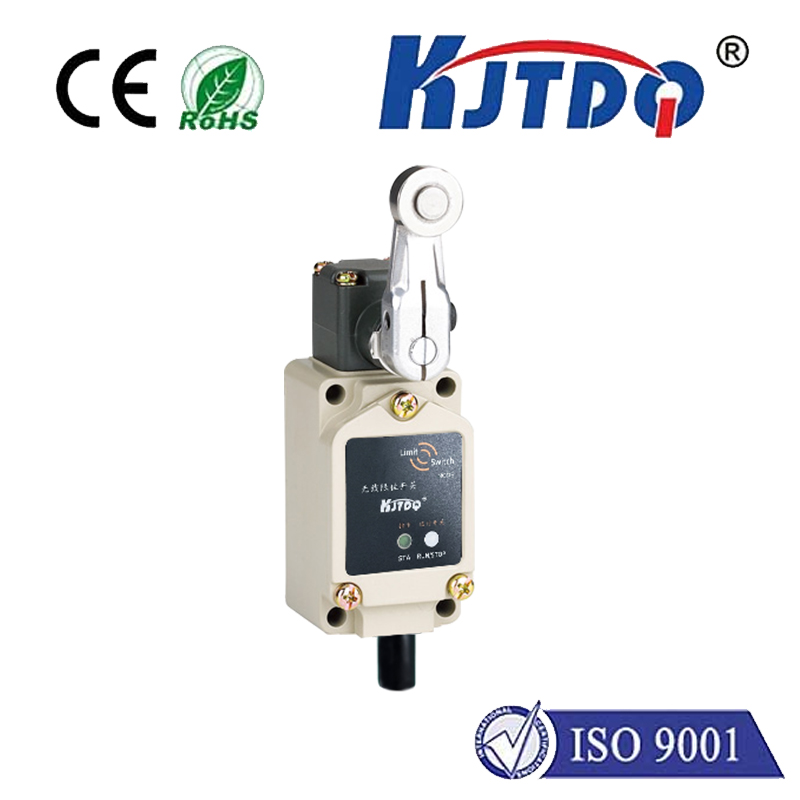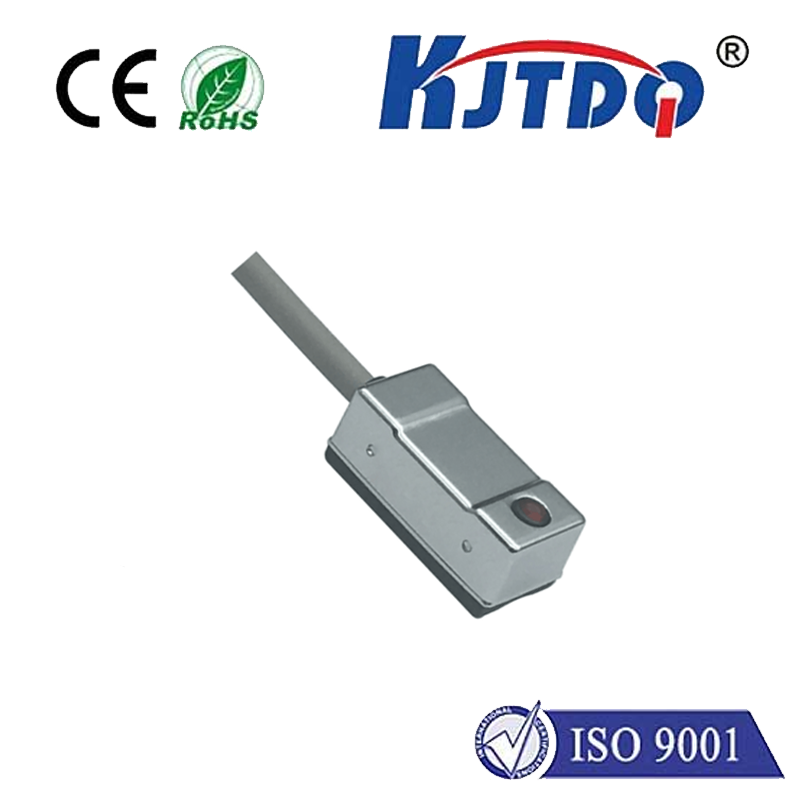E3Z-D81-M3J 0.3M photo reflective sensor
- time:2025-09-25 13:10:40
- Нажмите:0
Unlock Precision Detection: Mastering Automation with the E3Z-D81-M3J 0.3M Photoelectric Sensor
In the relentless pulse of modern automation, precision is non-negotiable. Failures in detecting components, verifying positions, or counting objects translate directly to costly downtime, flawed products, and frustrated operators. This is where the often-overlooked hero, the photoelectric sensor, proves its immense value. And within this critical category, the E3Z-D81-M3J 0.3M Photo Reflective Sensor stands out as a benchmark for reliable, straightforward performance in confined spaces demanding a specific sensing range.
So, what makes this compact powerhouse indispensable? Let’s delve into its capabilities and how it elevates automation tasks requiring targeted, dependable object detection.
Beyond the Name: Defining the E3Z-D81-M3J 0.3M
Dissecting the model clarifies its core function:

- E3Z: Indicates the sensor series (Omron E3Z, known for compact size and reliability).
- D81: Specifies the housing shape and sensing method. “D” typically denotes a rectangular housing, and “81” confirms it’s a Diffuse-reflective Sensor with a background suppression (BGS) function – a crucial detail. Unlike standard diffuse sensors, BGS allows it to detect objects reliably regardless of color, finish, or background, ignoring disturbances beyond its set focal point.
- M3J: Designates the connection type. “M3” indicates an M3 connector plug, while “J” signifies the specific type of cable or connector variant (often a 2m PVC cable terminated with a connector).
- 0.3M: Clearly states the sensing distance – 0.3 meters, or 300 millimeters. This defines its operational sweet spot.
Core Strengths: Why Choose the E3Z-D81-M3J?
Engineered for consistent performance in demanding environments, this sensor delivers several key advantages:
- Reliable Detection, Unfazed by Surface: The Background Suppression (BGS) technology is the cornerstone. It enables the sensor to detect objects based strictly on distance to the target, not reflectivity. Whether it’s a shiny metal part, a dark plastic component, or a transparent film, the E3Z-D81-M3J discerns presence or absence consistently, dramatically reducing false triggers common with basic sensors.
- Optimized for Close-Quarters Sensing: The 0.3m (300mm) range is ideal for applications requiring precise detection within a compact zone. Think intricate assembly stations, controlled part feeding mechanisms, or verification steps on tightly packed conveyor sections where bulky sensors are impractical.
- Rugged Industrial Design: Built to endure, it boasts standard IP67 protection. This seals out dust and withstands temporary immersion in water, making it suitable for challenging factory floors, washdown environments (with proper mounting), or areas prone to splashes and debris. Its robust construction ensures longevity.
- Simplified Setup and Maintenance: Featuring a bright Visible Red Light Beam, alignment becomes intuitive. Technicians can visually confirm the beam’s path and focus point, drastically speeding up installation and troubleshooting. The M3 connector facilitates quick wiring changes if needed, minimizing downtime during replacements.
- Compact Size, Powerful Performance: Its small form factor is a significant asset. The E3Z-D81-M3J fits effortlessly into machinery where space is premium – within robotic end effectors, on moving carriages, or inside compact enclosures – without compromising sensing capability.
- Enhanced Stability & Energy Efficiency: Modern iterations often utilize Purple LEDs. While operating in the visible red spectrum for easy setup, the underlying Purple LED technology offers improved resistance to ambient light interference compared to older red LED sensors and contributes to impressive energy efficiency, consuming up to 50% less power.
- Versatile Mounting Flexibility: Standardized M3 mounting holes provide straightforward and secure attachment to brackets, machinery frames, or custom fixtures, adapting to diverse application needs.
Where the E3Z-D81-M3J Excels: Real-World Applications
This sensor shines in numerous automation scenarios demanding reliable, short-range detection:
- Small Part Detection: Verifying the presence of tiny components on PCBs, assembly pallets, or feeders before processing.
- Position Verification: Confirming the correct placement of parts within jigs, fixtures, or nests prior to welding, fastening, or machining.
- Object Counting: Accurately counting items passing a specific close-proximity point on a conveyor or chute.
- Level Detection: Monitoring fill levels within small bins, hoppers, or containers positioned directly below the sensor.
- Robotic Guidance: Providing presence/absence signals to robotic arms for precise pick-and-place operations of small objects.
- Door/Shutter Monitoring: Ensuring safety doors or access panels are securely closed before machine start-up.
- Conveyor Jam Detection: Identifying pile-ups or jams occurring immediately beneath the sensor head.
Installation Considerations & Best Practices
Maximizing the E3Z-D81-M3J’s performance involves mindful setup:
- Focus Point: Understand that BGS sensors like this one have an optimal focal point (set by factory calibration within the specified 0.3m range). Position the target object reliably at this distance for the strongest, most stable signal. The visible beam greatly aids in finding this spot.
- Target Properties: While BGS minimizes the impact of color and reflectivity, extremely small, highly transparent, or very low-reflective targets might still pose challenges. Testing with the actual object is recommended if it falls outside standard materials.
- Background Distance: Ensure potential background objects (machine frames, walls) are positioned significantly farther away than the sensor’s nominal sensing range (0.3m). BGS technology works best when the background is beyond its effective “ignore” zone.
- Mounting Stability: Secure the sensor firmly to prevent vibration-induced misalignment, which can cause unreliable signals. Utilize the provided M3 mounting holes effectively.
- Cleaning: Keep the lens clean. Dust, oil, or debris buildup on the optical surface can attenuate the light beam and degrade performance. Its IP67 rating makes cleaning relatively easy. Regular lens inspection is simple yet vital prevention.
Comparing the Landscape: Why Diffuse Reflective with BGS?
When choosing a sensor for short-range detection, options exist:
- Through-Beam: Offers the longest range and highest reliability but requires a separate emitter and receiver unit, increasing cost and complexity, especially problematic in tight spaces.
- Standard Diffuse Reflective: Simple setup (single unit), but highly susceptible to target color, reflectivity changes, and background interference, leading to unreliable operation.
- Retro-reflective: Good range, single-unit setup, but requires a reflector and can be fooled by shiny objects interrupting the beam path.
- E3Z-D81-M3J (Diffuse w/ BGS): Provides the crucial benefits of reliable object detection regardless of surface finish and immunity to background interference within its 0.3m range, all in a compact, easy-to-install, and cost-effective package. This makes it the ideal pragmatic solution for the vast majority of close-proximity detection tasks.
**Conclusion:



